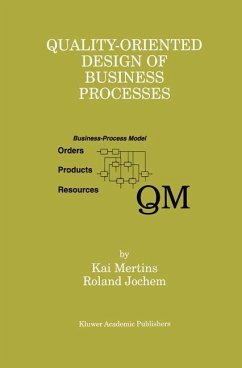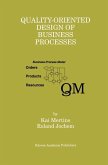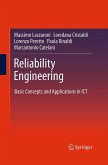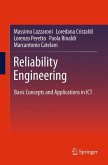Quality-Oriented Design of Business Processes introduces a modeling method, `Integrated Enterprise Modelling' (IEM), which is related to ISO standards and provides manufacturing organizations with the means of analyzing, improving, and redesigning their business processes. The purpose of the book is to improve the quality of products and organizational performance through optimizing complex business processes and organizational design.
Clearly, changing markets and innovative competitors force each company to study and improve its organization, its business processes, and the technologies it employs. Whoever drops behind in these times loses market share and endangers the long-term existence of the company. Hence, it is critical to realign the entire corporate planning and design throughout the value-added chain to speed up the business processes. The book is the result of a scientific study funded by the German Federal Ministry for Research and Technology. The authors develop the concept of Quality-Oriented Design of Business Processes, which is the underlying motivation for IEM. Moreover IEM is the engine for achieving the integration of quality management into the design and planning of business processes.
The book discusses the IEM method thoroughly and applies it to the concept of `Quality-Oriented Design of Business Processes' throughout the book. This concept is illustrated with an example of a company. Finally, the book describes the entry of the IEM method into national, European and international standardization.
Clearly, changing markets and innovative competitors force each company to study and improve its organization, its business processes, and the technologies it employs. Whoever drops behind in these times loses market share and endangers the long-term existence of the company. Hence, it is critical to realign the entire corporate planning and design throughout the value-added chain to speed up the business processes. The book is the result of a scientific study funded by the German Federal Ministry for Research and Technology. The authors develop the concept of Quality-Oriented Design of Business Processes, which is the underlying motivation for IEM. Moreover IEM is the engine for achieving the integration of quality management into the design and planning of business processes.
The book discusses the IEM method thoroughly and applies it to the concept of `Quality-Oriented Design of Business Processes' throughout the book. This concept is illustrated with an example of a company. Finally, the book describes the entry of the IEM method into national, European and international standardization.








